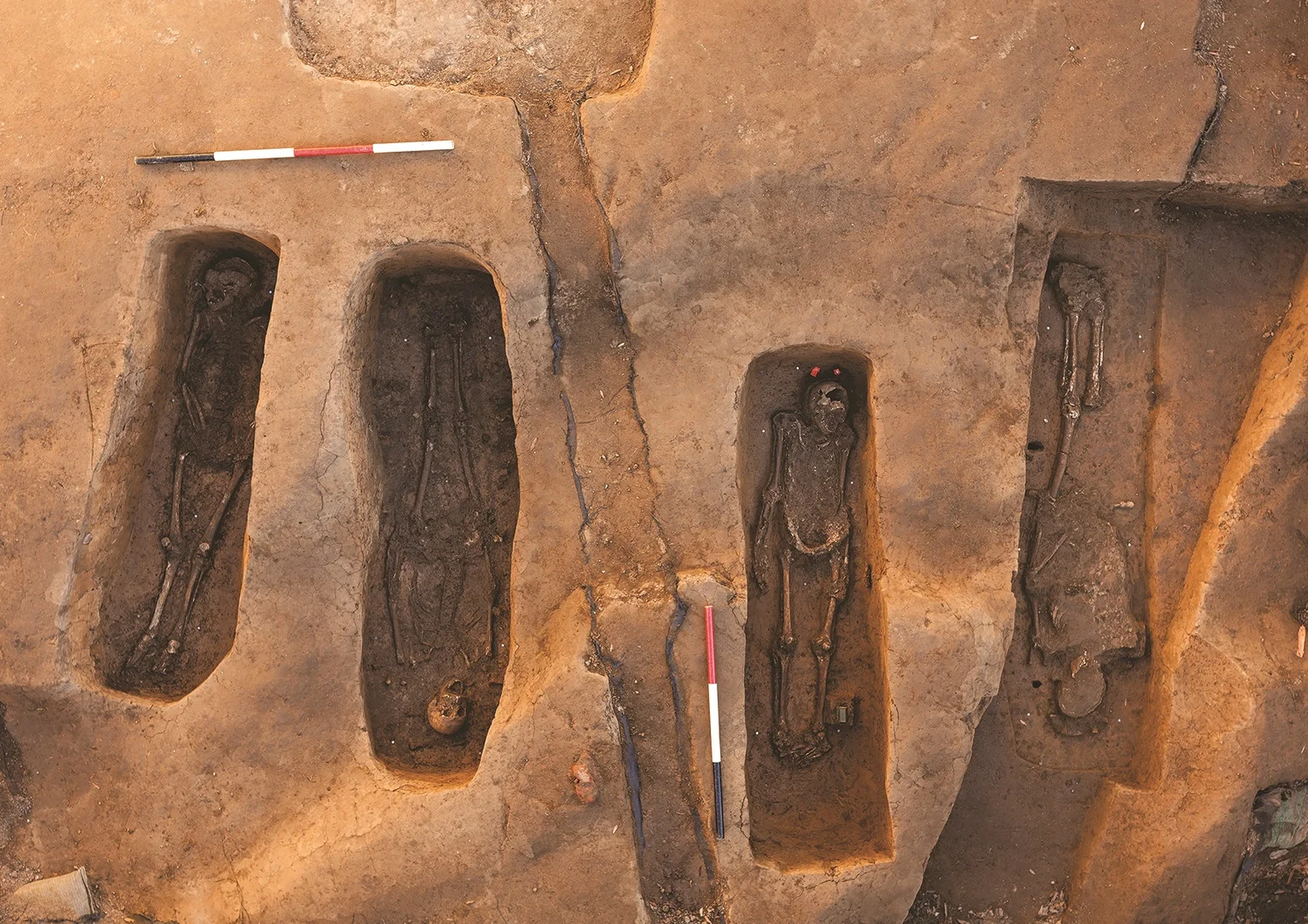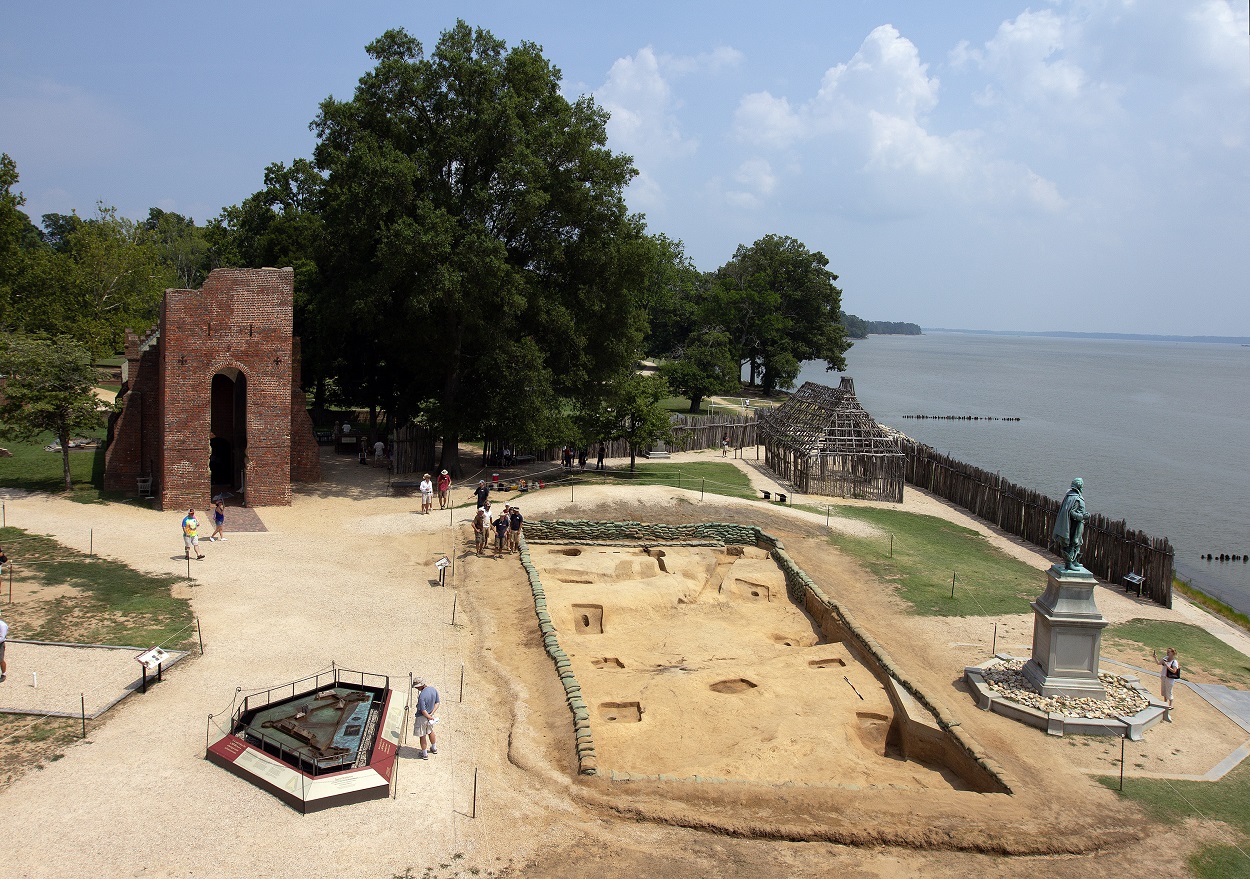The Jamestown settlement in the Colony of Virginia was the first permanent English settlement to be established in the Americas.
It was founded on the northeast bank of the James River, southwest of present-day Williamsburg, serving as the colonial capital from 1616 until 1699.
Archaeologists have conducted excavations of the town’s 1608-1616 church, where the first representative assembly in America, the General Assembly, convened in 1619.
Several burials have been identified near the altar in the Church Chancel, for which a DNA analysis has been conducted on the skeletal remains of two male individuals.
By comparing the DNA results with historical documents and osteological and archaeological evidence, a study, published in the journal Antiquity, has identified the men to be Sir Ferdinando Wenman (1576–1610) and Captain William West (1586–1610).

Both men were members of the prominent West family, that included the first governor of Jamestown: Thomas West, Third Baron De La Warr.
“This study is the first to successfully use aDNA as a tool of identification at the colonial site of Jamestown, Virginia”, states co-author Karin Bruwelheide from the Smithsonian Institution.
The DNA analysis also revealed that the two men were maternally related, leading to further documentary research that uncovered a court case regarding Captain West’s estate after his death.
Court documents note that his aunt (who was a beneficiary of his will), strongly suggested that William was the son of Thomas’ aunt Elizabeth, her sister. However, Elizabeth never married, which implies that William was illegitimate.
“Illegitimacy was taboo in the 17th century, especially within high-status families. As a result, cases of illegitimacy were often not recorded in official lineage documents. Such was the case in the West family,” said the study authors.
Therefore, the study exposes a family secret that was never recorded.
Header Image Credit : Antiquity
Sources : Antiquity | https://doi.org/10.15184/aqy.2024.75







